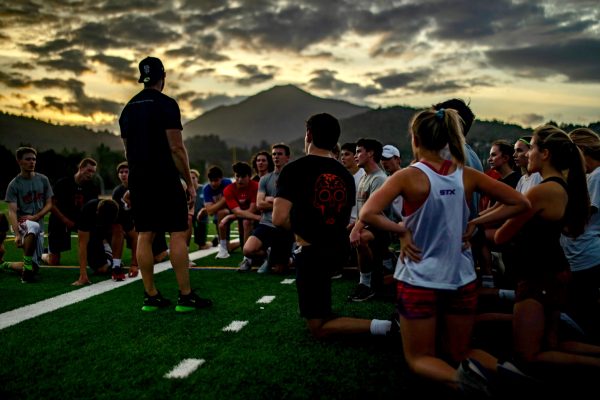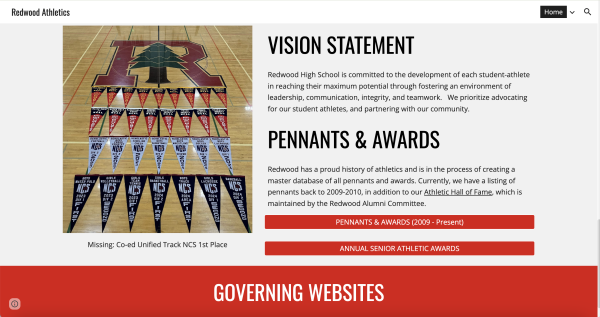According to the Centers for Disease Control: Healthy Schools, physical inactivity amongst young people can result in energy imbalance, increased risk of obesity and severe health conditions.
High school is the time to develop habits for later in life, including the responsibility of exercising and staying healthy. Many students play competitive sports in high school—which can help them maintain a healthy lifestyle—but, with Redwood’s competitive environment, athletes are often cut from their sport. Varsity sports specifically are even more competitive, and upperclassmen often get cut, causing them to drop the sport as a whole. With no sport to play some students take the initiative to exercise on their own, but not all do or can. According to an October survey by The Redwood Bark, only 52 percent of Redwood students have access to gym memberships. Thus, it is easy for students to lose motivation to exercise when organized activities are no longer an option.

The solution to this issue is a free year-round fitness program available to all students. Additional data from the same Bark survey reveals that 42 percent of all students would attend a program like this, and 40 percent of students without a gym membership would participate. To put this in perspective, cross country, the largest sport at Redwood, had about five percent of the student body participating in 2024, so this is an incredibly large percentage of athletes would be interested.
A program like this could be used in multiple ways: by students who don’t play sports to stay active, or for students preparing for their sports during the off-season. The workouts would welcome all students who signed up, with sign-ups divided into each season: fall, winter and spring.
The plan could be similar to the lacrosse preseason training, which is run by Stein Skaar. Skaar is a personal trainer and the owner of Skaar Fitness Studio, and has run the Redwood lacrosse conditioning for 13 years. During the preseason training, athletes do exercises using equipment such as ladders, battle ropes and weighted medicine balls. They also do sprints, push-ups and other exercises that use no equipment at all.
Skaar focuses a lot on the mentality of the athletes and believes exercise can greatly benefit athletes outside of sports.
“The confidence you get from [working on] fitness and being your best physical self are going to translate over into your relationships and how well you do in school,” Skaar said.
The benefits of exercise in other parts of your life are tremendous, specifically with mental health, which puts students in a better headspace to do school work.
The data proves that students would participate, and opening up schools’ athletic resources to all students—not just student-athletes—should be required.

“Not everybody’s good at sports, but [working out] would be good for them physically,” Skaar said.
Junior Charles Muller plays football and voiced that he would participate in the program if it were implemented.
“[The program] could boost my performance as an athlete and help me in future years,” Muller said.
A program like this would need little to no equipment and only a few coaches. Investing in a fitness program would be investing in students’ physical and mental health, helping in the short term while teaching good habits for later life.
“The sooner you get going with [physical activity], the sooner you’ll see results. And those results will translate over into your life,” Skaar said.








